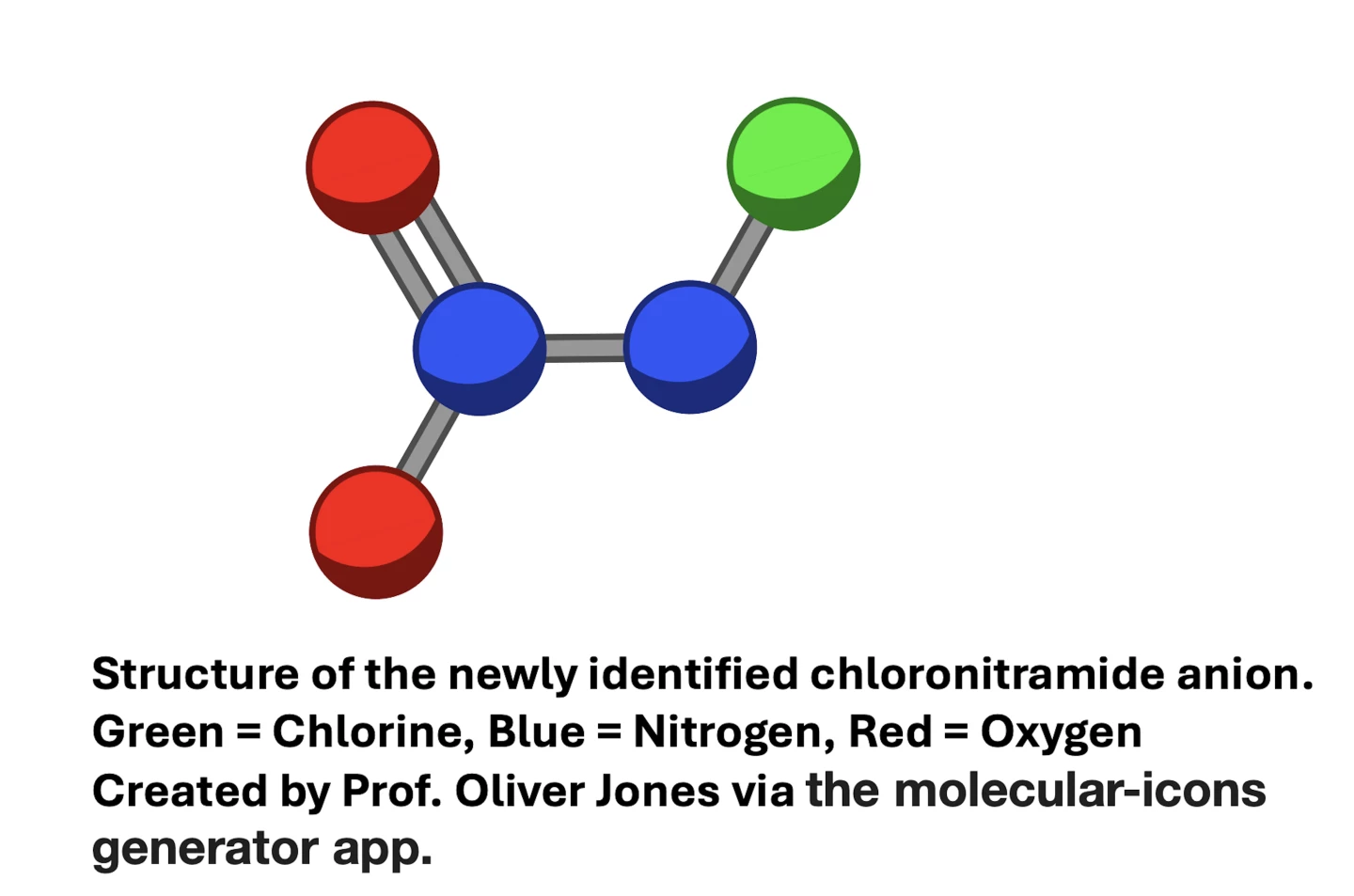Plumbed drinking water in developed countries is pretty clean, but invisible contaminants can still lurk. One mysterious “phantom chemical” has haunted drinking water for decades, and now researchers have identified it – and found it’s completely new to science.
Water is often chlorinated to disinfect it, which has proven effective at eliminating most waterborne pathogens but it can create by-products that are harmful to human health. A related compound, chloramine, was found to not only produce fewer of these by-products but also lasted longer. As such, it’s commonly used in the US and some other regions.
Chloramine, however, is not without its own by-products. Chemical analysis has long been found to reveal that about five to 10% of the expected nitrogen disappears, locked up in some other molecule that evaded direct identification for decades.
Now, scientists have finally pinpointed this strange “phantom chemical.” It’s called a chloronitramide anion, which is a negatively charged molecule made up of one chlorine atom, two nitrogen atoms and two oxygen atoms.
The researchers synthesized and isolated the chemical, then analyzed it with high-resolution mass spectrometry and nuclear magnetic resonance spectroscopy, to reveal its properties.

Next, they measured the concentrations of these anions in different water systems in the US that are treated with chloramines. They detected it at levels of up to 100 micrograms per liter, which is higher than the regulation limits of 60 to 80 micrograms per liter that’s usually allowed for disinfection by-products.
Direct toxicology studies have yet to be conducted on the compound, but the team says the analyses do suggest that chloronitramide anion is not entirely benign.
“I agree that a toxicological investigation of this anion would be useful now that we know its identity, but I am not overly worried about my tap water,” says Oliver Jones, Professor of Chemistry at RMIT. “The compound in question is not newly discovered, just newly defined. Its presence in some (not all) drinking waters has been known for over 30 years."
“The question is whether the substance is toxic at the amount we are exposed to,” Jones continues. “I think here the answer is probably not. Only 40 samples were tested in this study, which is not enough to be representative of all tap water in the USA and the concentration of chloronitramide was well below the regulatory limits for most disinfection by-products in the majority of samples.”
Whether or not it’s unsafe, identifying the mysterious chemical after all this time is an important step. The research was published in the journal Science.
Source: University of Arkansas via Scimex





